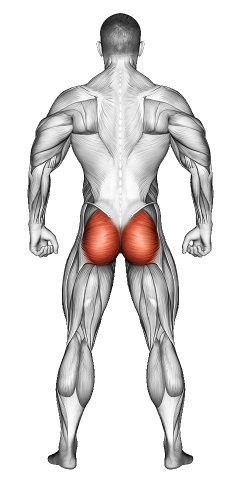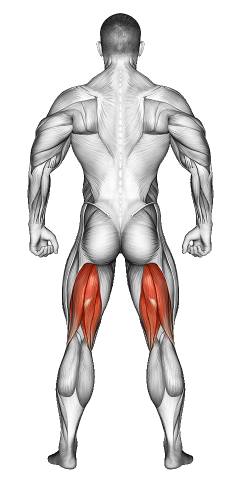Good Mornings: Video Tutorial & Exercise Guide

Written By: Claude Michael
Updated: Oct 13, 2024
| Workout | Good Mornings |
| Primary Muscle Group | Glutes |
| Secondary Muscle Group | Hamstrings, Lower Back |
| Equipment Required | Bodyweight |
| Force Type | N/A |
| Mechanics | Compound |
| Exercise Type | Strength |
| Difficulty | Intermediate |
Good Mornings: Video Tutorial & Exercise Guide
- 1.Good Mornings: Muscle Groups
- -1.1Primary Muscle Group
- -1.2Secondary Muscle Group
- 2.Good Mornings: Step-by-Step Guide
- 3.Good Mornings: Overview
- 4.Good Mornings: Benefits
- 5.Good Mornings: Pro Tips & Advanced Techniques
- 6.Good Mornings: Progression Plan
- 7.Good Mornings: Frequently Asked Questions (FAQs)
Secondary Muscles Group
Good Mornings: Step-by-Step Guide
- Step 1: Start by positioning a barbell across your upper back, resting it comfortably on your traps. Stand with your feet shoulder-width apart.
- Step 2: Engage your core and keep your back straight. Slightly bend your knees, but don’t let them move forward as you begin the movement.
- Step 3: Hinge at your hips, pushing your glutes back as you lower your torso towards the ground. Make sure to keep your back flat throughout.
- Step 4: Lower your chest until it’s nearly parallel with the floor, but avoid rounding your back.
- Step 5: Reverse the movement by driving through your heels and pushing your hips forward to return to the starting position.
- Step 6: Repeat for the desired number of reps, keeping the movement slow and controlled to ensure maximum muscle activation.
Good Mornings: Overview
Good Mornings are a fantastic exercise for strengthening your lower back, glutes, and hamstrings. They’re often included in strength training routines to improve hip hinge movement, making them a great accessory exercise for deadlifts and squats. If you're serious about building a strong posterior chain, Good Mornings should be part of your workout routine.
Good Mornings: Benefits
Good Mornings help improve hip mobility and strengthen the posterior chain muscles, including the glutes, hamstrings, and lower back. This exercise can also enhance your posture and stability, which are essential for lifts like deadlifts and squats. If you want to build power and protect your lower back from injury, Good Mornings are a must-do.
Good Mornings: Pro Tips & Advanced Techniques
To get the most out of Good Mornings, focus on hinging at the hips rather than bending your knees. Keep the movement slow and controlled, especially when lowering your torso. Start with lighter weight to master the form before gradually increasing the load. If you're new to this exercise, a resistance band can help you get a feel for the movement before progressing to a barbell.
Good Mornings: Progression Plan
Beginner
Intermediate
Advanced
Good Mornings: Frequently Asked Questions (FAQs)
What muscles do Good Mornings target?
+Good Mornings primarily target the lower back, glutes, and hamstrings, but they also engage the core to maintain stability during the movement.
How do I avoid injuring my lower back?
+Keep your back flat and hinge at your hips, not your waist. Start with light weights and increase gradually to prevent straining your lower back.
How often should I do Good Mornings?
+Include them 1-2 times a week in your leg or posterior chain workouts for best results, but avoid overdoing it to prevent lower back fatigue.
Should I bend my knees during Good Mornings?
+Keep a slight bend in your knees, but focus on hinging at your hips rather than bending your knees like you would in a squat.
What common mistakes should I avoid?
+Avoid rounding your back and going too heavy too soon. Focus on form first to ensure you're getting the most out of the exercise without risking injury.
Share
Don’t Wish for It, Work for It – Join the FlexXP Newsletter Today!
Thank you for signing up for the FlexXP Newsletter!
This site is protected and the Google Privacy Policy and Terms of Service apply.


